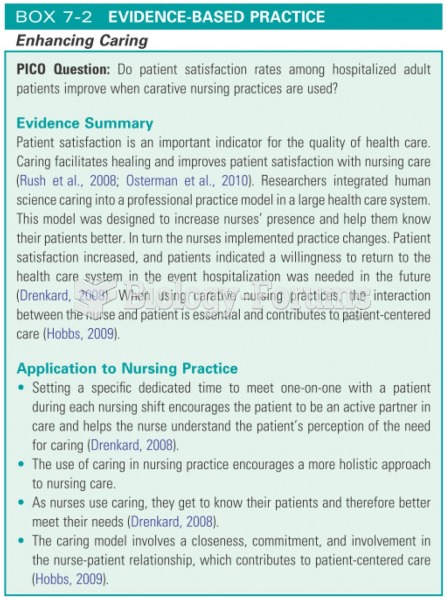Answer to Question 1
Correct Answer: 1,2,3
Rationale 1: Electrolytes are responsible for membrane permeability and water balance. An electrolyte imbalance, especially too much sodium, can result in fluid retention.
Rationale 2: Electrolytes are essential for muscle contractions. An imbalance in electrolytes can result in muscle spasms.
Rationale 3: Electrolytes are essential for bone growth and remodeling and may place a client at risk for fractures, especially when there is an imbalance of calcium.
Rationale 4: There is no indication that electrolyte imbalances result in high cholesterol.
Rationale 5: There is no indication that electrolyte imbalances result in depression.
Global Rationale: Electrolytes are responsible for membrane permeability and water balance. An electrolyte imbalance, especially too much sodium, can result in fluid retention. Electrolytes are essential for muscle contractions. An imbalance in electrolytes can result in muscle spasms. Electrolytes are essential for bone growth and remodeling and may place a client at risk for fractures, especially when there is an imbalance of calcium. There is no indication that electrolyte imbalances result in high cholesterol or depression.
Answer to Question 2
Correct Answer: 2
Rationale 1: Hypertonic crystalloids will raise the serum osmolality, likely making this client's hypernatremia worse.
Rationale 2: Hypotonic crystalloids are indicated for clients with hypernatremia and cellular dehydration.
Rationale 3: An isotonic crystalloid contains sodium. This solution could worsen the client's hypernatremia.
Rationale 4: Albumin is a colloid. It will increase the plasma tonicity and is not indicated for use in clients with severe hypernatremia.
Global Rationale: Hypotonic crystalloids are indicated for clients with hypernatremia and cellular dehydration. Hypertonic crystalloids will raise the serum osmolality, likely making this client's hypernatremia worse. An isotonic crystalloid contains sodium. This solution could worsen the client's hypernatremia. Albumin is a colloid. It will increase the plasma tonicity and is not indicated for use in clients with severe hypernatremia.







